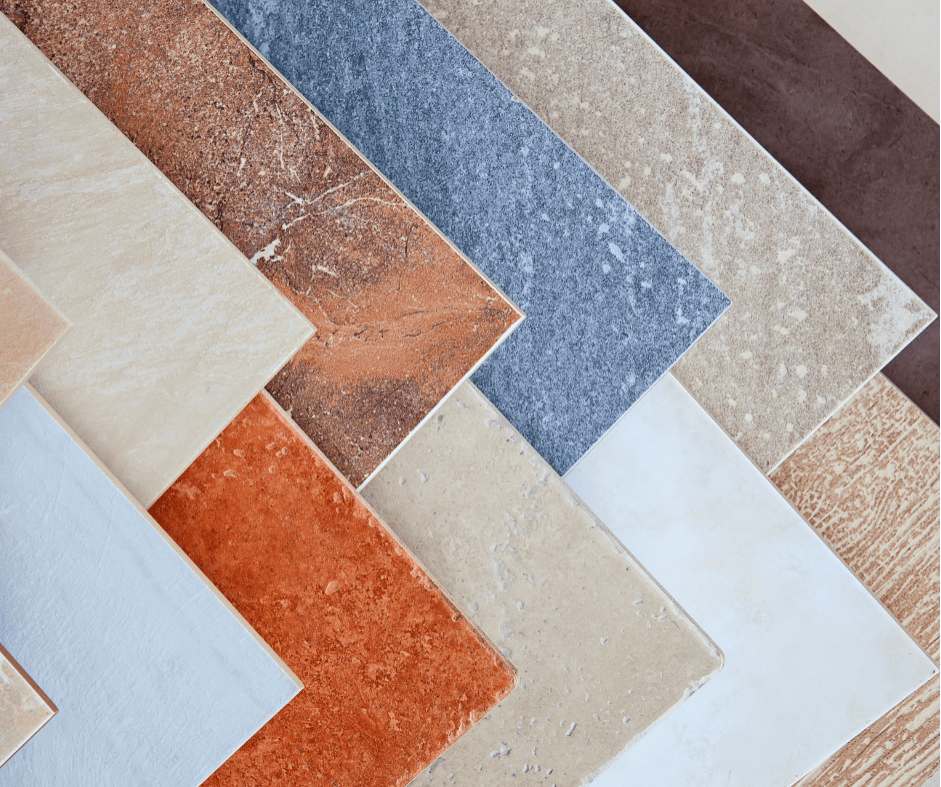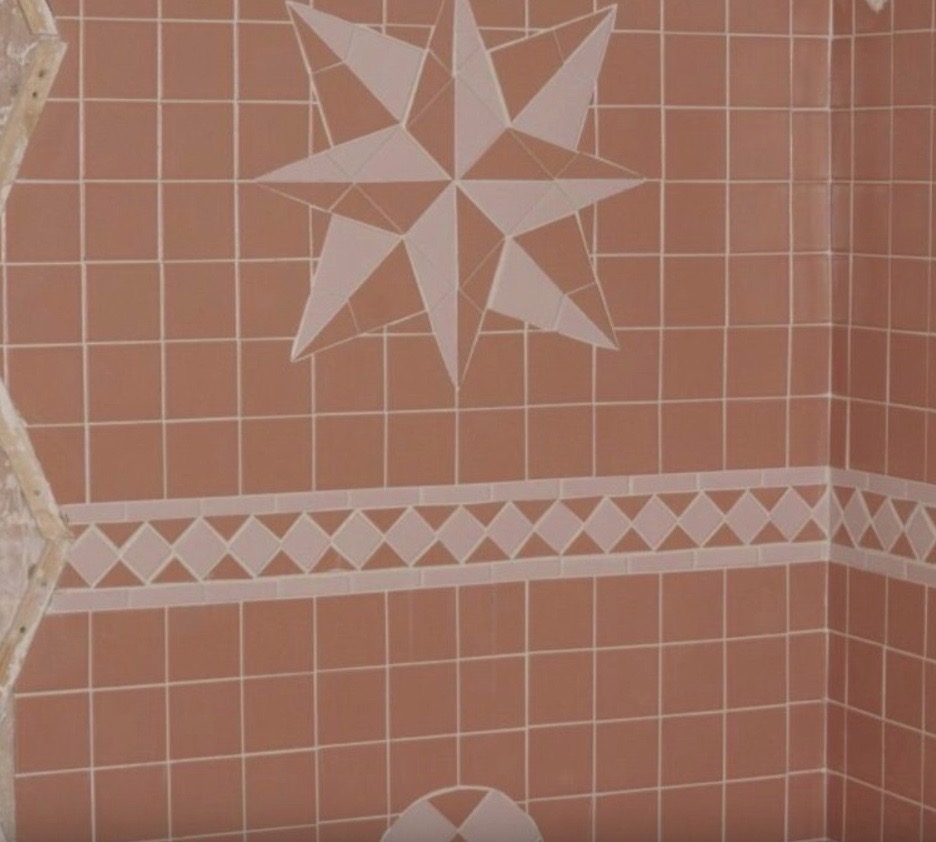Tiles possess a transformative quality, enhancing any space with a blend of elegance and functionality. However, over time, dirt, grime, and wear can diminish their beauty. Fortunately, with advanced techniques for deep cleaning and restoration, you can breathe new life into your tiles, making them look as good as new. In this comprehensive guide, we’ll delve into the art of tile restoration, exploring advanced methods and tips for achieving impeccable results.
Understanding Tile Types
Before diving into cleaning and restoration techniques, it’s crucial to understand the types of tiles you’re dealing with. Common tile materials include ceramic, porcelain, natural stone (such as marble, granite, and travertine), and glass. Each material requires specific care to ensure optimal cleaning and restoration results.
Pre-Cleaning Preparation
- Remove Surface Debris: Begin by removing loose debris, dust, and dirt from the tiles using a vacuum cleaner or a soft-bristled broom. This step prevents abrasive particles from scratching the tiles during the cleaning process.
- Test Cleaning Solutions: Test any cleaning solutions or products on a small, inconspicuous area of the tiles to ensure compatibility and avoid potential damage.
- Protect Surrounding Areas: If you’re using strong chemicals or abrasive tools, protect surrounding surfaces and items to prevent accidental damage.
Advanced Cleaning Techniques
- Steam Cleaning: For deep-seated dirt and grime, consider using a steam cleaner. Steam effectively loosens and lifts stubborn stains without the need for harsh chemicals. Ensure the steam cleaner is suitable for your tile type to avoid damage.
- Chemical Cleaners: Select a high-quality, pH-neutral cleaner specifically formulated for your tile material. Apply the cleaner according to the manufacturer’s instructions, using a soft sponge or mop. Steer clear of acidic or abrasive cleaners, as they can potentially etch or scratch the tiles.
- Grout Cleaning: Grout lines often accumulate dirt and stains. Use a grout cleaner or a mixture of baking soda and water to scrub grout lines with a grout brush. For tough stains, consider a grout steam cleaner or a professional grout cleaning service.
Restorative Techniques
- Tile Resurfacing: If tiles are scratched, etched, or have lost their shine, professional tile resurfacing can restore their appearance. This process involves grinding, honing, and polishing the tiles to remove imperfections and create a smooth, glossy finish.
- Grout Repair: Cracked or crumbling grout not only looks unsightly but also compromises tile integrity. Remove damaged grout and replace it with fresh grout using a grout float. Seal the grout once it’s fully cured to prevent future damage.
- Stain Removal: Stubborn stains like wine, oil, or rust can be challenging to remove. Consider using a poultice or a commercial stain remover specifically designed for your tile material. Apply the product, cover with plastic wrap, and let it sit overnight before rinsing.
Protective Measures
- Sealing: After cleaning and restoration, apply a high-quality sealer to protect tiles and grout from stains, moisture, and wear. Sealers come in different formulations for various tile materials, so choose one that suits your tiles.
- Regular Maintenance: Implement a regular cleaning schedule to maintain the beauty of your tiles. Use gentle cleaners, avoid abrasive tools, and promptly clean spills to prevent stains and damage.
In addition to cleaning and restoration, proper tile maintenance also involves addressing issues such as efflorescence and grout discolouration. Efflorescence, the white powdery residue that can appear on tiles, is caused by mineral deposits and moisture.
Treating efflorescence may require specialized cleaners and techniques to prevent its recurrence. Similarly, grout discolouration can occur due to mould, mildew, or staining agents. Regularly cleaning and sealing grout lines can help prevent discolouration and maintain the overall aesthetic appeal of your tiled surfaces.
Specialised Techniques for Different Tile Materials
- Ceramic and Porcelain Tiles: These tiles are known for their durability and ease of maintenance. Regular cleaning with a mild detergent or a specialized ceramic tile cleaner can help preserve their appearance. Avoid using abrasive cleaners that may scratch the glaze, as this can compromise the tile’s aesthetic appeal over time.
- Natural Stone Tiles: Cleaning natural stone tiles requires a gentle approach to prevent damage. Opt for pH-neutral stone cleaners that won’t react with the stone’s composition, and steer clear of acidic or abrasive products that can cause etching or discoloration. Additionally, sealing natural stone is crucial to create a protective barrier against staining and moisture infiltration, extending the lifespan of your tiles.
- Glass Tiles: Glass tiles add a sleek and modern touch to any space but require delicate cleaning methods. Use a non-abrasive glass cleaner or a mixture of vinegar and water to maintain their clarity and shine. Avoid harsh chemicals that can potentially harm the glass surface, preserving its transparency and reflective qualities for an attractive finish.
Beyond routine cleaning and restoration, advanced tile care involves addressing specific challenges like lippage correction and tile levelling. Lippage occurs when tiles are unevenly installed, leading to raised edges and potential trip hazards. Utilizing tools like tile levelling systems can help achieve a flat, seamless surface. Additionally, regular inspections for loose or cracked tiles can prevent further damage and ensure a safe environment. Moreover, incorporating eco-friendly cleaning methods, such as using biodegradable cleaners and reducing water waste, contributes to sustainable tile maintenance practices. Lastly, staying updated with industry innovations and attending workshops or conferences can provide valuable insights into the latest trends and technologies in tile care, enhancing your skills and efficiency in handling diverse tile restoration projects.
Professional Services
For intricate restoration projects or stubborn stains, consider hiring professional tile cleaning and restoration services. These experts have the knowledge, tools, and experience to tackle even the most challenging tile issues, ensuring optimal results and long-lasting beauty.
If you’re looking to deepen your knowledge and skills in tile maintenance and restoration, consider exploring tiling courses near me. These courses offer valuable insights, techniques, and hands-on training to enhance your expertise in caring for tiles effectively. Whether you’re a DIY enthusiast or a professional in the field, enrolling in a reputable tiling course can provide you with the necessary tools and knowledge to tackle tile cleaning and restoration projects with confidence.
Mastering the art of deep cleaning and restoring tiles requires a combination of advanced techniques, specialised products, and regular maintenance. By understanding your tile type, employing appropriate cleaning methods, and implementing protective measures, you can keep your tiles looking pristine for years to come. Whether you’re tackling a DIY project or seeking professional assistance, the key is to prioritize care and precision to achieve impeccable results.

